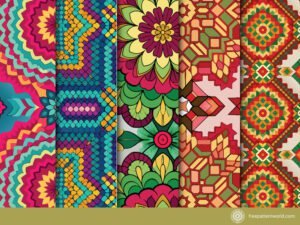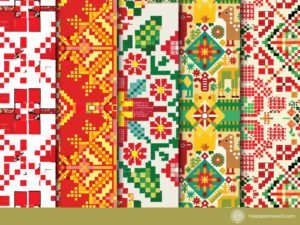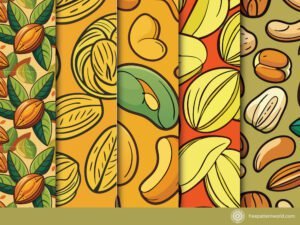
Table of Contents
Introduction
Tribal patterns, with their vibrant colors, intricate designs, and deep cultural significance, have fascinated and inspired people around the world for centuries. These patterns are a testament to the creativity and artistry of indigenous communities and have found their way into modern fashion, interior design, and art. In this exploration of tribal patterns, we will uncover their origins, cultural significance, and their enduring presence in the contemporary world.
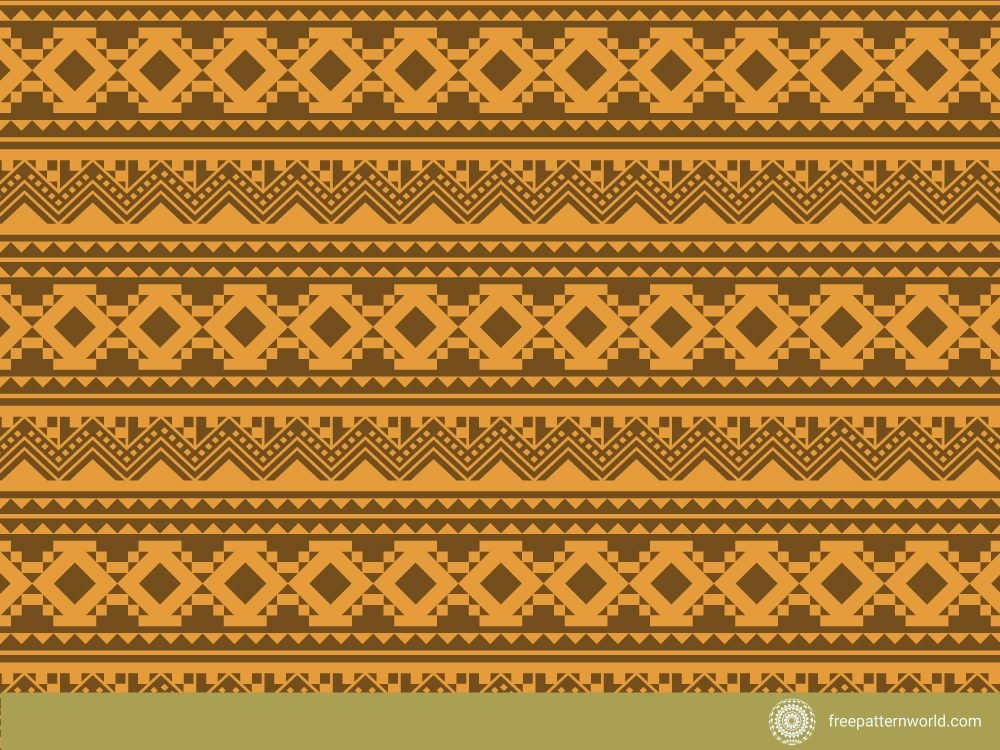
The Diversity of Tribal Cultures
Tribal patterns are as diverse as the cultures that create them. Each tribal group has its own unique designs and motifs, often reflecting their history, beliefs, and way of life.

African Tribes: African tribal based patterns are renowned for their bold geometric shapes, often inspired by nature and animals. The Ndebele, Ashanti, and Kente patterns are some of the most recognizable.
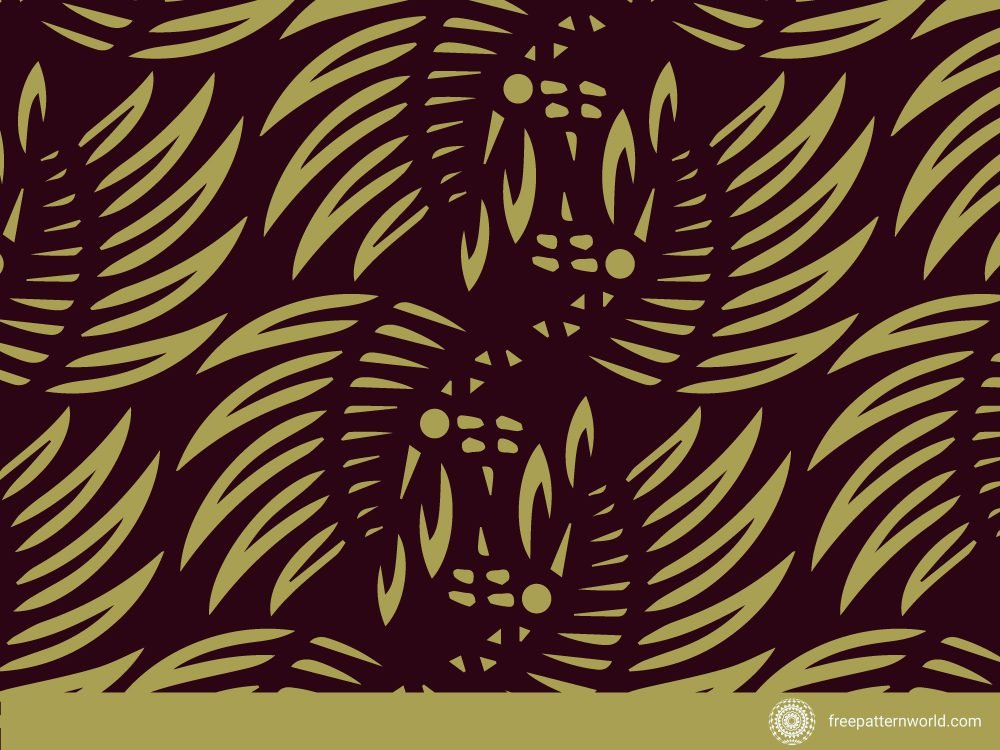
Native American Tribes: Native American tribal patterns feature motifs like feathers, arrows, and geometric shapes. They are deeply tied to spiritual beliefs and storytelling.
Indigenous Australian Art: Aboriginal art is characterized by intricate dot paintings and dreamtime stories. The use of earthy tones and symbolism is prevalent.

The Symbolism of Tribal Patterns
Tribal patterns are rich in symbolism and often convey important cultural and spiritual messages.
Communication: In many tribal cultures, patterns were used as a form of communication. They could tell stories, convey social status, or communicate messages about rites of passage.
Protection: Some tribal patterns, such as Maori facial tattoos, were believed to provide protection and ward off evil spirits.
Cultural Identity: Tribal based patterns are a source of cultural identity and pride. They distinguish one tribe from another and serve as a visual representation of heritage.
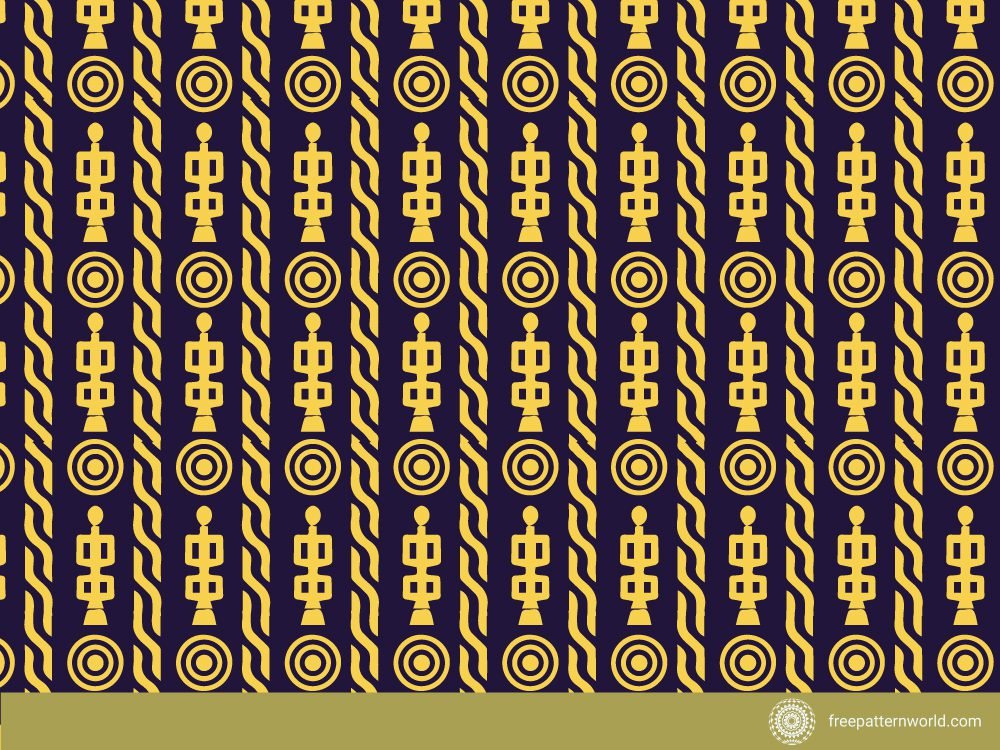
The Craftsmanship Behind Tribal Patterns
Creating tribal patterns is a labor-intensive process that requires a deep understanding of cultural symbolism and artistic skill.
Traditional Techniques: Many tribal based patterns are created using traditional techniques such as weaving, beadwork, embroidery, and painting.
Natural Materials: Tribes often use natural materials like plant fibers, feathers, shells, and natural pigments to create their patterns.
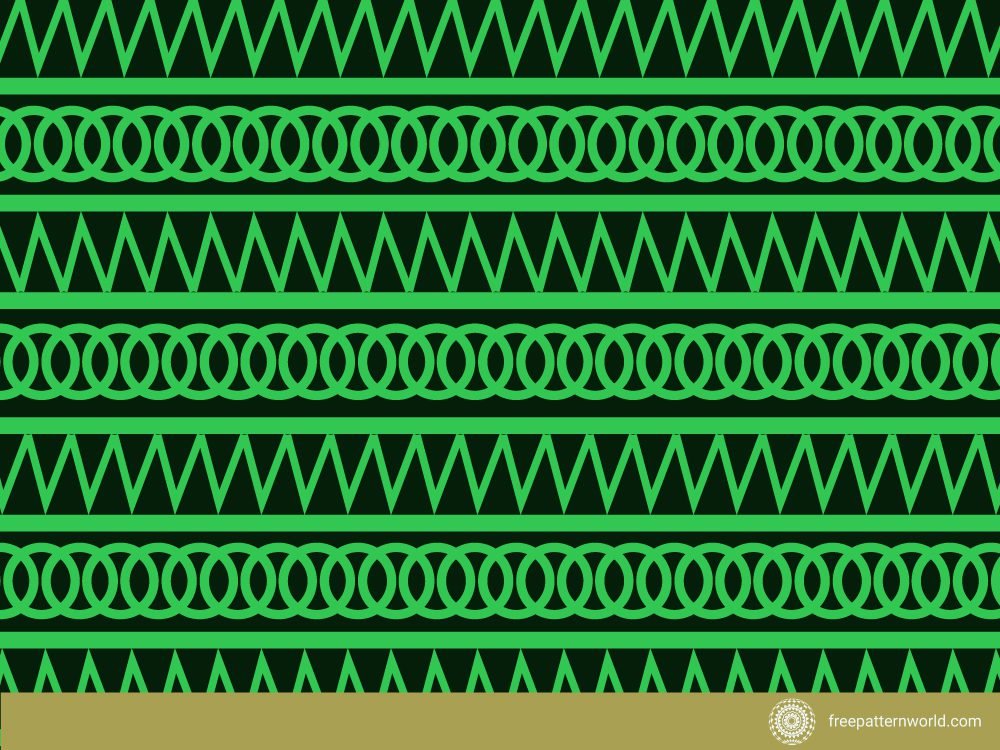
Cultural Appreciation vs. Appropriation
While tribal based patterns are celebrated, it’s essential to distinguish between cultural appreciation and cultural appropriation. It’s crucial to respect the cultural significance of these patterns and give credit to their origins.
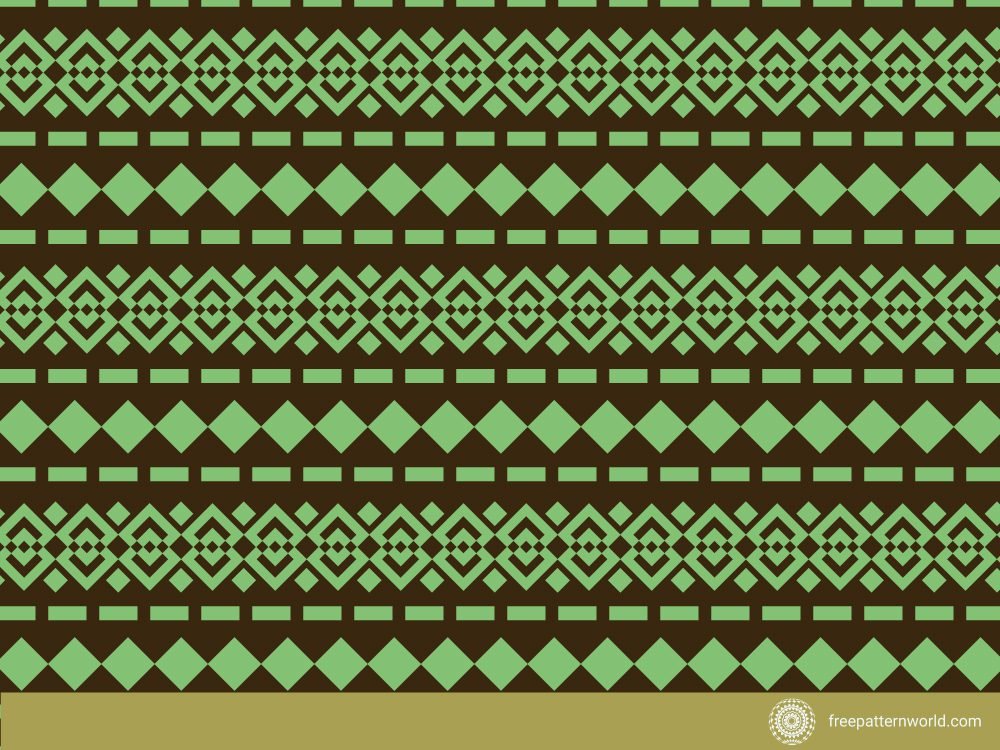
Preserving Tribal Artistry
Efforts are underway to preserve tribal artistry and ensure that indigenous communities benefit from the commercial use of their patterns.

Fair Trade: Many organizations promote fair trade practices to ensure that indigenous artisans receive fair compensation for their work.
Cultural Exchange: Cultural exchange programs provide opportunities for artisans to share their skills and knowledge with the world.

Conclusion
Tribal patterns are not merely decorative designs; they are windows into the rich tapestry of human culture and heritage. From Africa to the Americas, these patterns tell stories of resilience, spirituality, and identity. As they find their way into contemporary design, they continue to bridge the gap between tradition and modernity, reminding us of the enduring allure and cultural significance of tribal artistry.
Download more free pattern designs from freepatternword and freepik.
What are tribal patterns?
Tribal based patterns are intricate and culturally significant designs often created by indigenous communities around the world. They can feature a wide range of motifs, colors, and symbols.
What is the cultural significance of tribal patterns?
Tribal based patterns carry deep cultural meanings and are often used to convey messages, stories, or spiritual beliefs within indigenous communities. They are a vital part of preserving cultural identity.
How can tribal patterns be incorporated into contemporary design?
Tribal based patterns can be used in fashion, interior design, art, and craft. They add a unique and culturally rich element to various creative endeavors.
What are some famous examples of tribal patterns from different regions?
Examples include African tribal patterns like Kente and Ashanti, Native American patterns with motifs like feathers and arrows, and Aboriginal dot paintings from Australia.
What is the difference between cultural appreciation and cultural appropriation when it comes to tribal patterns?
Cultural appreciation involves respectfully embracing and celebrating another culture’s traditions. Cultural appropriation, on the other hand, involves borrowing elements without proper understanding or respect, often leading to harm or offense.
How can I ensure that I’m respecting the cultural significance of tribal patterns in my use of them?
To respect the cultural significance of tribal patterns, research their origins, give credit to the communities that create them, and consider fair trade and ethical practices when using them for commercial purposes.
Are there efforts to preserve tribal artistry and support indigenous communities?
Are there efforts to preserve tribal artistry and support indigenous communities?
Where can I find tribal-patterned products and artwork?
Tribal-patterned products and artwork can be found in specialty stores, online marketplaces, art galleries, and shops that support fair trade practices.

